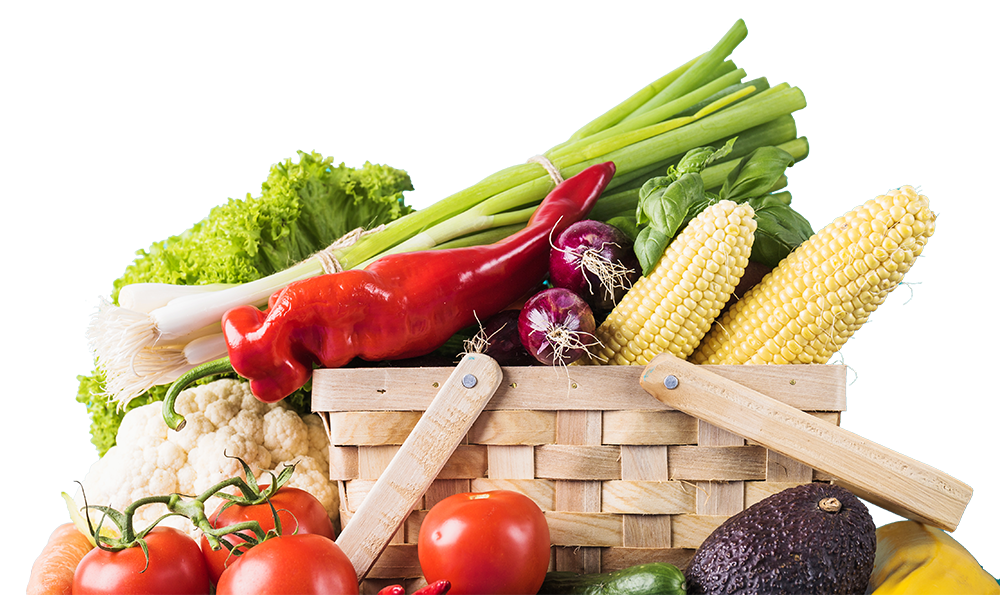YOU’VE GOT QUESTIONS? WE’VE GOT THE ANSWERS!
We’re happy to answer any questions you may have on becoming a joint venture partner in a POD growing operation.
If you don’t find what you’re looking for, feel free to contact us with any questions.
OUR COMPANY
Produce On Demand was founded in 2017 by R. Michael Buehler (CEO).
OUR PRODUCT
The POD (Produce on Demand) is pre-engineered and assembled temporary or permanent turn-key hydroponic growing facility. A POD can be any size from 2000 sf to multi-acres. Growing environments can be anything from converted warehouses to massive greenhouses depending upon available land, zoning requirements, market demand, and available capital.
COST
To establish a 10,000 sf production complex requires a budget of $1.5 million dollars which is broken down into $400-500K in operating capital for the first year of operations and credit lines of $900K-$1.2M. Additionally, the ability to sign for a 7-10-year lease option for the land and capital improvements as identified above for growing systems and associated equipment and supplies.
ENERGY USE
A standard single-phase 110/220 volt 60 amp connection. As for the water, no hard-plumbing is necessary — just access to potable water. Various energy sources such as wind and solar can also be incorporated into the overall energy strategy.
CROP VARIETIES AND YIELDS
PODs can grow a variety of leafy greens, micro-greens and other high-value crops including: herbs (mint, basil, oregano); lettuces (bibb, romaine, arugula); brassica (cabbage, mustard greens, brussels sprouts, kale), cherry tomatoes and more!
OPERATIONS
A turn-key POD will be delivered with all growing and monitoring systems and equipment within 60 days of contract execution. Once the POD is delivered, complete set-up will take another 30 days. Planting will start around day 90. Most crop varieties will be ready for harvest in 30-45 days and made ready for market. Allow another 60 days (max) for collection of payment on crop sold.
PRODUCE DELIVERY
Options should focus on refrigerated trucks and sprinter vans. There is an excellent after market for these trucks that have come off of lease or are simply for sale. One preference is to lease a new truck and expand the fleet (likely with a smaller sprinter van) as needed. This will depend on your client mix (retail grocers, farmers markets, restaurants, DoD bases, Universities) and delivery preferences.
IRRIGATION
A recommended watering schedule is 2 hours on and 2 hours off utilizing 2 fertigation systems per POD. If watering is done in half for phasing, 1,020GPH is used.
Irrigation storage space for water is required since it will take time for the irrigation water to flow to the sump and get pumped back to the Ozone system for recycling into the fertigation system. It is recommended that two 330-gallon IBC totes (steel cage water tanks) are used for water storage. Using Manning's Flow calculations and taking into consideration that pipes will be filled half-way, to be conservative and to ensure that there is enough irrigation water on hand, the amount of irrigation water is doubled. An additional 10% water storage will take into account Ozone tanks and other equipment reaching approximately 720 gallons total.
WATER USE
There are several factors that determine the amount of water a POD uses such as plant variety and the size of the Production Complex. Based on a 2000 sf grow center, we estimate 1,600 gallons per day usage on average per POD. A standard residential volume of 6 to12 gallons per minute provides 8,000 to 16,000 gallons per day which is adequate to operate a POD.
Plant use (2% of pumped irrigation or 80GPH @ 10 hours per day (2 hours on 2 hours off) or 800G per day, which doubles for washing grow towers etc. to reach a total of 1,600G per day. The irrigation system circulates 1,020 GPH per POD; (2 to 2.5 GPH per tower for 1,600 towers with 2% system use/loss = 4,080 GPH/2 = 2,040 GPH per POD) should all towers be watered at the same time.
WATER WASTE
Waste water is kept to an absolute minimum by recycling, restoring and recharging used water. Additionally, the water source, how it is purified and how it is used in POD operations based on the produce being grown are all factors that will determine if there is any waste water. To accommodate any waste water, an auxiliary tank of 2,000 – 5,000 gallons may be used to store the grey water for backup systems or use in fire protection or any other appropriate purpose. It is recommended that the storage tanks have circulating systems with a bubbling Ozone before sending it to the water system in the POD. This will allow for water that may be softened with potassium for better cleaning and irrigation water that will be further purified.
The Ozone has a flocculating (process by which fine particulates are caused to clump together into a floc) effect on the Total Dissolved Solids (TDS) so they will be picked up by a water filter. Ozone will also help eliminate any bacteria, iron, calcium etc. The POD features another smaller Ozone system to recycle the irrigation water and between the 2 systems TDS and pathogens are eliminated and avoid regular flushing along with back flushing since the TDS can be taken out with a change in filters.
In the event that there is any waste water that is considered contaminated, it will be removed on a periodic basis by a certified waste water removal company. This same process will be used to deal with any black water generated on the POD site.

